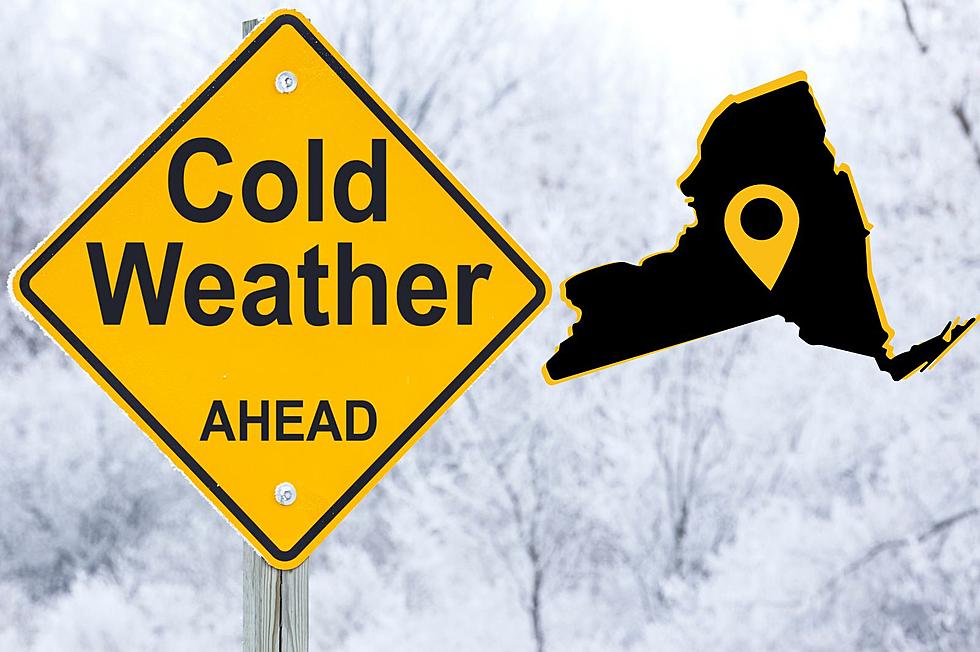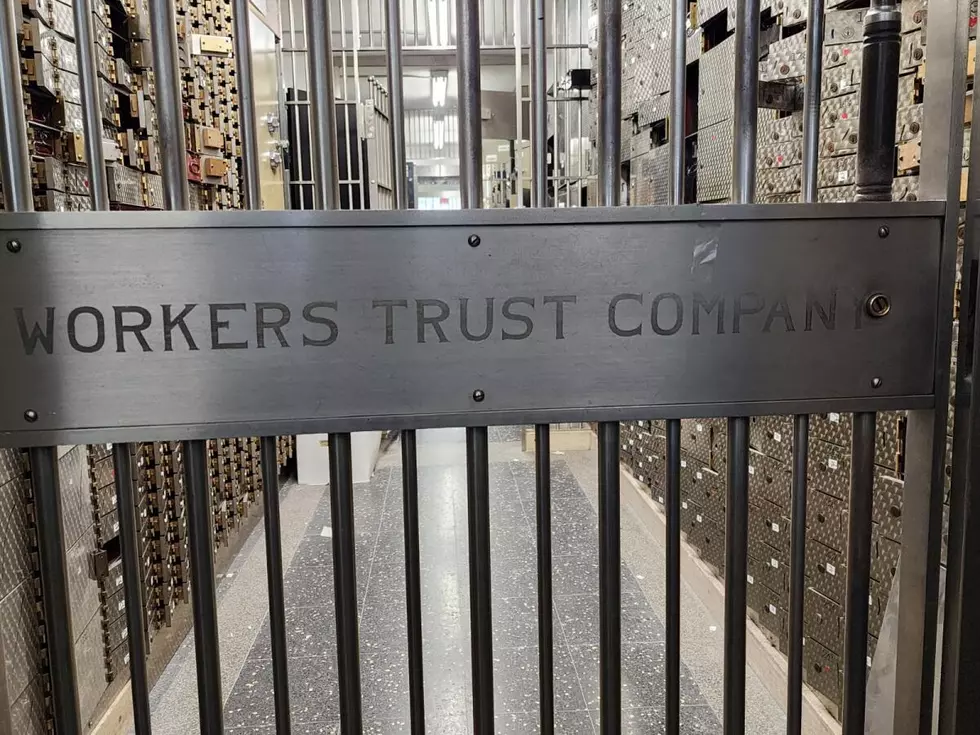
New Yorkers: Brace for a Cold and Possible Blizzardy Winter
Winter is just around the corner, officially beginning on Thursday, December 21, however, the cold and snowy weather may not wait until then in New York.

The meteorological winter starts on December 1, and according to the Farmers' Almanac, there are indications that December 2023 will kick off with some stormy conditions.
The recently released extended weather forecast from the Farmers' Almanac predicts that this winter season will bring the possibility of blizzard conditions. Additionally, there are indicators of an El Niño phenomenon brewing in the latter half of 2023, which is characterized by unusually high water temperatures off the Pacific Coast of South America suggesting that cold temperatures are likely to impact most all of the country, bringing snow, sleet, and ice.
The Farmers' Almanac is predicting that New Yorkers should expect stormy, snowy, and wet conditions during the second week of January. The second week of February could see an East Coast storm that would impact the Northeast, bringing snowfall, followed by cold rain and frigid temperatures. Finally, during the first week of March, another East Coast storm is expected to create a wintry mess in the area.
Keep in mind that the Farmers' Almanac predictions are just that - predictions. You should always stay updated on weather forecasts and any winter storm warnings in your area by paying attention to local radio, news, weather alerts, and official advisories.
Winter will be here before you know it but there are some things you can do right now to get some of the prepping out of the way.
Inventory Cold Weather Gear: Make sure you have warm coats, hats, gloves, scarves, and boots readily available. It's better to be prepared and have these items accessible before the cold weather hits.
Snow Shovels: Check your snow shovels and ensure they're in good condition. Replace or repair any damaged shovels before the snow starts falling.
Winterize Your Home: Insulate any exposed pipes to prevent freezing and potential burst pipes. Ensure your heating system is in good working condition and have it serviced if necessary. Consider sealing drafty windows and doors to help keep the cold air out and the warm air in.
Stock Up on Supplies: Stock up on essentials like non-perishable food, bottled water, and extra medications. It's also a good idea to have a backup power source, such as a generator or extra batteries for flashlights, in case of power outages.
KEEP READING: Get answers to 51 of the most frequently asked weather questions...
LOOK: The most expensive weather and climate disasters in recent decades
More From WNBF News Radio 1290 AM & 92.1 FM






